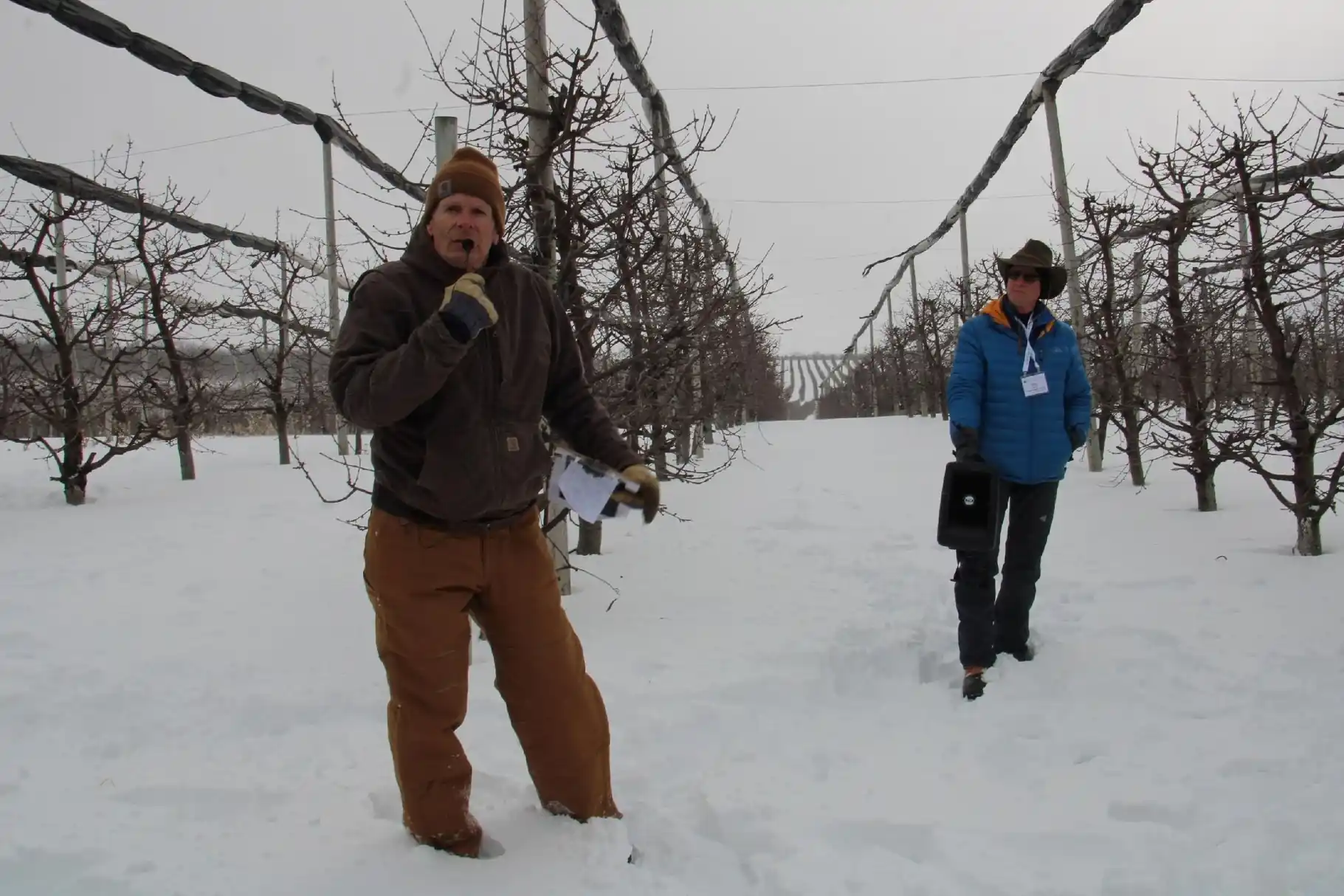Riveridge Land invests in covers and protective nets to face the climate challenge
06 Jun 2024
Justin Finkler, owner of Riveridge Land Co. in Michigan, believes Riveridge is the only farm in Michigan to cover cherries: the new plantings, whose ultimate goal is high density, will all be designed with V- and UFO trellis systems.










